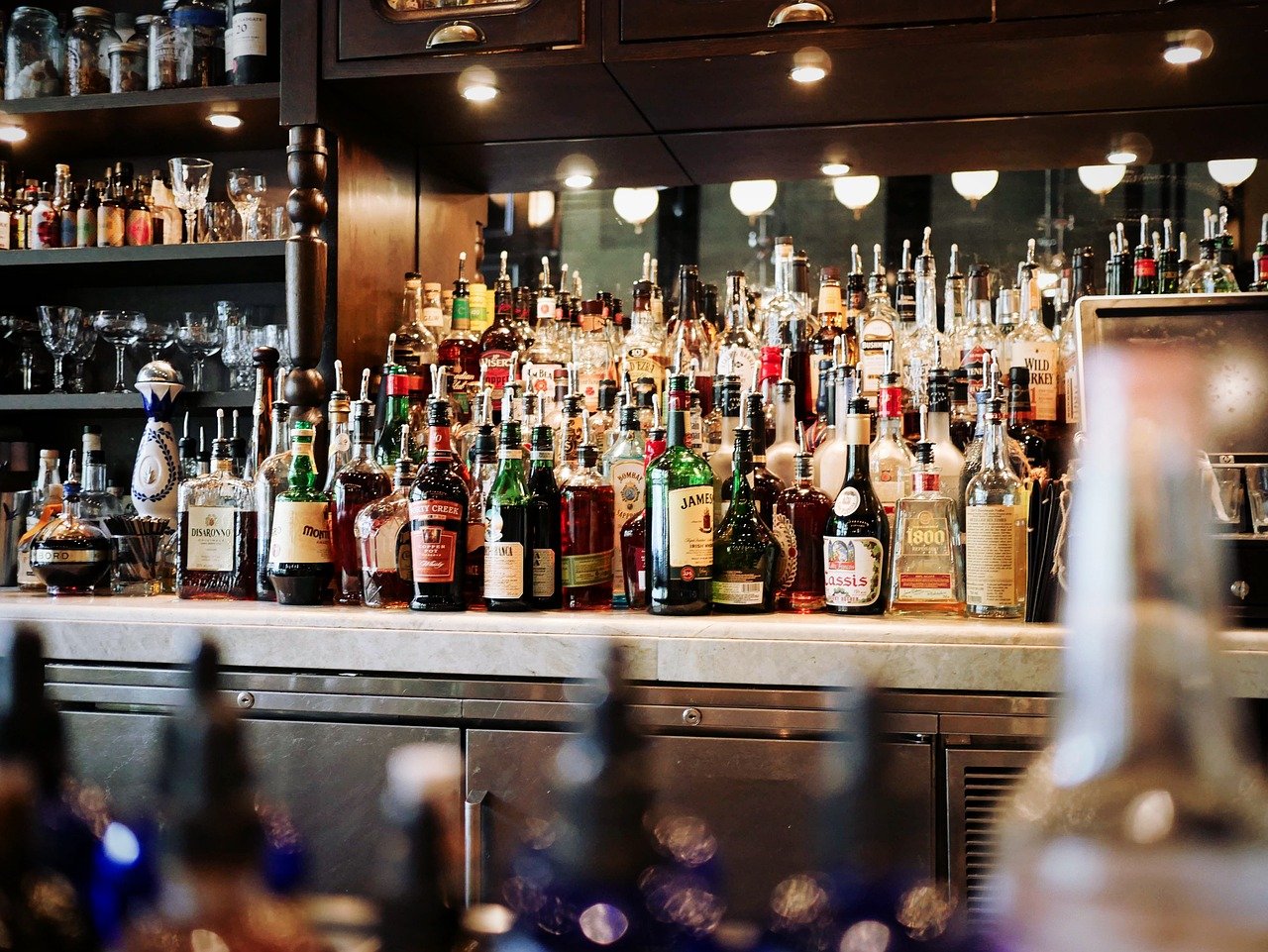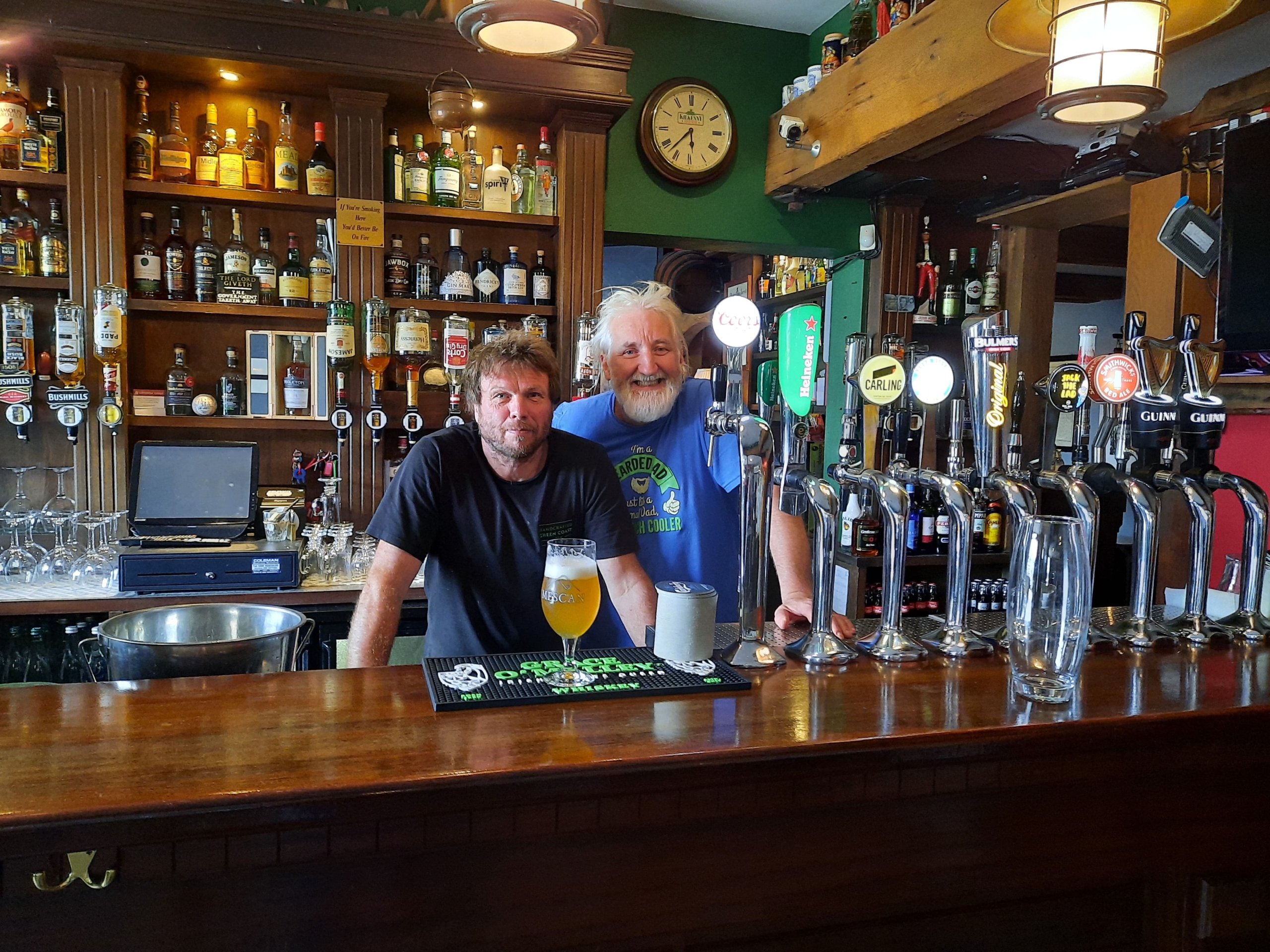With the cost of living dominating news headlines and breweries raising prices, many publicans are stuck between a rock and a hard place. While trying to rebound from the last two years and dealing with rising operating costs, publicans must now protect their profit margins, while also keeping their customers happy. Here, hospitality tech provider Flipdish explains how you can maximise your revenue when you strike the balance between cost of goods sold and total revenue from food and beverage sales.
What is Cost of Goods Sold (COGS)?
Cost of Goods Sold (COGS) measures the beverage and food costs percentages in your business. It will show you the true cost of product and shows how much cumulative product was used, through a combination of:
- Sales
- Waste
- Over pouring
- Spoilage
- Theft
- Comps
COGS shows how much of your product turns into actual sales and profit. Most publicans are tracking their Cost of Goods Sold (COGS) in some way, but the devil is in the detail. The more detail in your data, the more you can improve efficiencies and profitability against clear metrics.
Calculating your pub’s Cost of Goods Sold (COGS)
- Choose a timeframe to analyse. Weekly is a good starting point.
- Open a spreadsheet and list your inventory as multiple categories as Beginning Inventory in column A, such as:
- Beer Draft – Domestic
- Beer Bottled – Domestic
- Beer Draft – Import
- Beer Bottled – Import
- Beer Draft – Microbrew
- Beer Bottled – Microbrew
- Liquor – Bottled
- Wine – Draft
- Wine – Bottled
Do a manual check on inventory for each of these and note it in the spreadsheet. Put a value on these. For example, if you bought 20 bottles of a microbrew last month at €2 per bottle and this month you have eight bottles leftover, your beginning inventory value for the bottled microbrew is €16. A heads up – throughout the accounting period, keep a track of your daily sales totals in each category as this will lighten the load later.
- Next, collate your invoices for new products purchased, or consult your invoice log if you’re more organised. Itemise the cost of new purchases per category. This is your column B, Purchased Inventory. Continuing with the bottled microbrew example, let’s say you bought 12 bottles to bring your overall inventory level back to 20. In this example, your purchase inventory value is €24. Now, add up these costs.
- At the end of the accounting period, take a physical and meticulous count of your remaining inventory. List the monetary value per category. This is your column C, Ending Inventory. For example, let’s say of those 20 bottles of microbrew, you have three left over at the end of the week. The value of your ending inventory is €9.
- You’ve been diligently keeping track of your per category sales, right? Or maybe your POS system has? Whether it’s automatic or manual, add per-category costs to column D, Sales, and add up the total.
- Now for the maths! Once you find the above values, you’re ready to calculate your cost of goods sold using this simple formula.
Beginning inventory + Purchased inventory — Ending inventory
First, find the sum of your beginning inventory and your purchased inventory. Next, subtract the value of your ending inventory from the result. Now you have your COGS. Knowing your true COGS is your starting point to improve it, whether that’s through minimising product loss or adjusting your pricing.
An example of cost of goods sold for pubs
Picture yourself as the owner of a pub in Galway city. You want to calculate your Cost of Goods Sold for last week. You had €6,500 worth of beginning inventory and purchased €5,000 worth of beverage inventory that week. It was a good week. You ended the week with just €100 in inventory left.
Beginning inventory = €1,500
Purchased inventory = €5,000
Ending inventory = €100
With those values, you can find your Cost of Goods Sold.
Cost of goods sold = (6,500 – 5,000) – 100
Cost of goods sold = (1,500) – 100
Cost of goods sold = 1,400
After a quick calculation, you have successfully identified your COGS for the week as €1,400. Now, compare this to your total sales for the week. What percentage of your total sales do COGS comprise? If your total sales were €5384.62 and your CoGS was €1,400, then your percentage CoGS is 26%.
What’s a healthy COGS?
Benchmarking average COGS for pubs is problematic, as your COGS will depend hugely on the type of items that are popular with your customers. Spirits and cocktails generally have a lower pour cost than wines and if wines are popular with your customer, then this will skew things again.
Many restaurants follow the guidelines that say the Cost of Goods Sold should account for no more than 31% of total sales, but every business can be totally different. Once you’ve carried out your first calculations, you have a starting point to work from and every week you can implement measures to lower the percentage. Remember, the lower your COGS percentage, the higher your margins and profit.
For more food and beverage management advice, or to get more information on QR code ordering technology, visit www.flipdish.com





